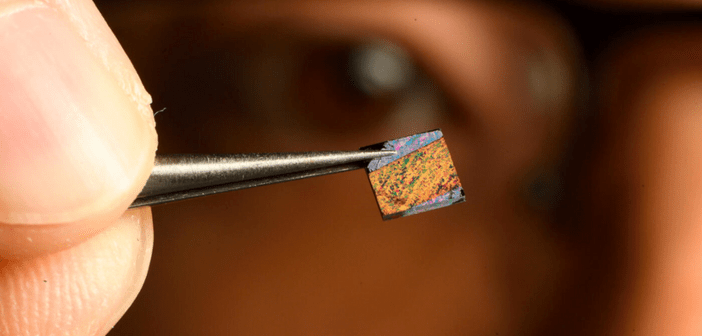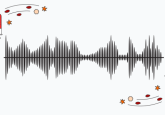A new era in heart attack diagnosis: the 7-minute gamechanger

An exciting development in heart attack diagnosis could drastically cut detection times and save lives.
Researchers from Johns Hopkins University and the National Institute of Standards and Technology (NIST) (both MD, USA) have adapted surface-enhanced Raman spectroscopy (SERS) – a technique originally designed for detecting trace contaminants – to identify heart attack biomarkers with unprecedented speed and accuracy. With the ability to diagnose heart attacks within minutes, this new blood test could prove to be lifesaving.
According to the World Health Organization (Geneva, Switzerland), cardiovascular diseases are the leading cause of death worldwide, claiming almost 18 million lives per year. Over 80% of these deaths are due to heart attack – caused by oxygen shortages in heart muscles – and stroke. Unfortunately, diagnosing heart attacks can be challenging because a significant number are silent and present no symptoms. Since heart attacks trigger the release of certain proteins like myoglobin and troponin-I into the bloodstream, blood tests are often used in diagnosis. However, despite their high accuracy, blood test results can take hours, delaying life-saving treatment.
In order to address this unmet need, the researchers’ set out to develop a new test that offers a faster, non-invasive diagnostic alternative. To do this they selected a technique that analyzes light-scattering patterns to identify molecular structures, known as, surface-enhanced Raman spectroscopy, or SERS. SERS works by employing metallic nanostructures to amplify the Raman scattering signals of molecules bound to its surface, allowing for the detection of scattering signals that would typically be too weak to observe.
Despite its high accuracy and sensitivity, translating SERS from research labs to clinical use has been challenging. Variations in signal amplification and design inefficiencies have limited its effectiveness. Addressing these hurdles, the Johns Hopkins and NIST team developed an innovative chip with a plasmonic metasurface that enhances electric and magnetic fields, stabilizes signals and increases diagnostic accuracy.
You may also be interested in:
- 15-minute heart attack detection: UCLA’s breakthrough paper-based test
- Breakthrough blood test detects deadly brain cancers in just 60 minutes
- The origin-adjusted approach for biomarker quantification by LC–MS
The chip’s design focuses on changes in photon frequency rather than intensity after collision, allowing an even more precise detection of biomarkers at minimal levels than using SERS alone. Crucially, the SERS-based test delivers results in a mere 5–7 minutes, a stark contrast to current methods. Its portability and simplicity also mean it could be used by paramedics, in remote areas or even by individuals in emergencies.
“We’re talking about speed, we’re talking about accuracy, and we’re talking of the ability to perform measurements outside of a hospital,” explained senior author Ishan Barman, a Bioengineer in Johns Hopkins University’s Department of Mechanical Engineering. “In the future we hope this could be made into a hand-held instrument like a Star Trek tricorder, where you have a drop of blood and then, voilà, in a few seconds you have detection.”
This technology not only accelerates heart attack diagnosis but could also transform the detection of other conditions, including infectious diseases and cancer, through adapting it to identify other biomarkers. By bridging the gap between research and real-world application, this blood test chip is paving the way for faster, more accessible healthcare solutions.





